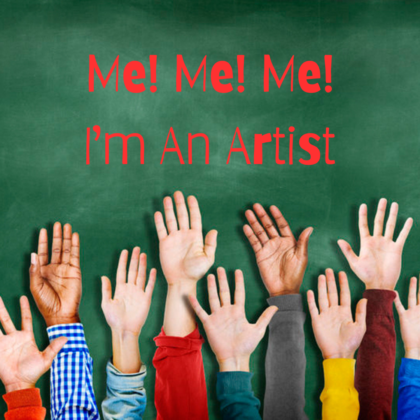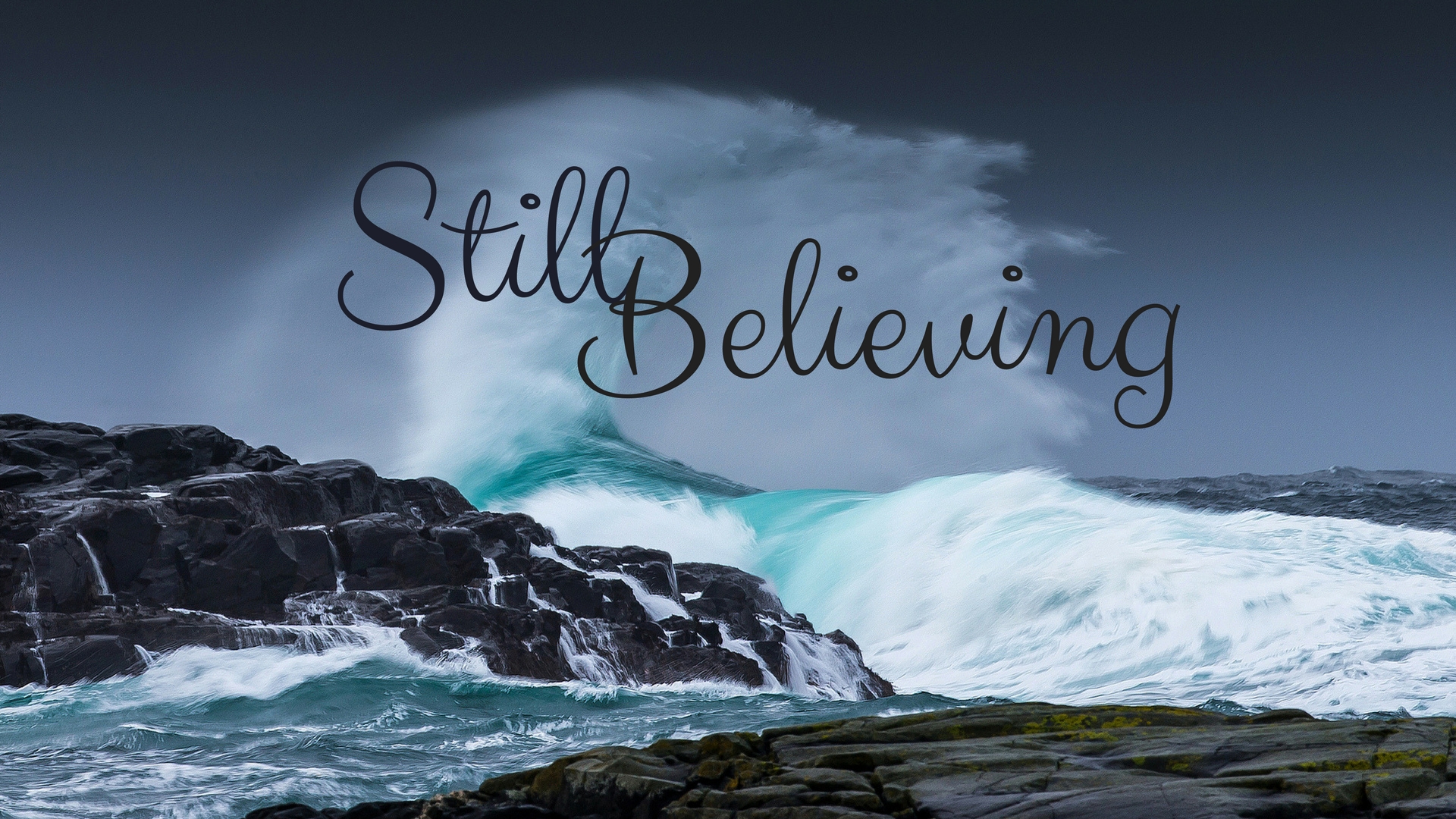 In kindergarten classrooms around the world, there’s a common and beautiful sight when someone asks, “Who here is an artist?” Every hand shoots up, accompanied by excited shouts of “Me! Me! Me! I’m an artist!” These young children don’t hesitate to claim their creative identity — they embrace it proudly.
In kindergarten classrooms around the world, there’s a common and beautiful sight when someone asks, “Who here is an artist?” Every hand shoots up, accompanied by excited shouts of “Me! Me! Me! I’m an artist!” These young children don’t hesitate to claim their creative identity — they embrace it proudly.
But as this same question is posed to older students, the response changes. Among first graders, most hands still go up, though with less enthusiasm. By the time the question reaches sixth graders, only a few hands cautiously rise, accompanied by uncertain glances. It’s as if creativity has become something to be ashamed of.
This gradual decline speaks volumes about how self-perception and creativity evolve as we grow. The truth is, creativity doesn’t disappear — it gets buried under layers of doubt, social pressure, and the belief that creativity is reserved for the “naturally gifted.”
Why do we stop seeing ourselves as artists?
What changes our minds?
Young children create without hesitation. They scribble, paint, sing, and build because they’re driven by curiosity, not self-doubt. As kids grow older, they become more aware of others’ opinions. The fear of “doing it wrong” or “not being good enough” stifles their willingness to express themselves. Fear of judgment takes center stage in our minds.
Perceived skill gaps begin to control us. In early years, creativity is celebrated in all forms. Colorful scribbles are proudly posted on refrigerators and praised as masterpieces. But as children mature, creative output is increasingly compared to technical standards. Those who struggle to draw realistic figures or compose perfect melodies may begin to believe they’re “not creative.”
Schools often prioritize subjects like math and science, sending the message that creativity is secondary or optional. Art and music become electives, reinforcing the idea that they’re less important than “serious” subjects.
The reality is, creativity never leaves us — it just hides beneath self-imposed limitations. Creativity isn’t limited to painting or drawing; it thrives in problem-solving, storytelling, writing, cooking, designing, and countless other forms. The kindergarteners instinctively understand this. They claim the title “artist” not because they excel at it, but because they’re engaged in the act of creating.
God, our Heavenly Father, creator of all things, has placed creativity in each of us. Some, perhaps more than others, but all of God’s creations are made to create.
If your creativity has been hiding or asleep, it’s time to wake it up. The creativity that seems dead is merely dormant.
Here are a few steps to awaken those talents:
- Embrace Imperfection: Allow yourself to create without judgment. Doodle, paint, write, sing, build — and let go of the need for perfection. The process matters more than the final product.
- Try Something New: Learning a new skill, like photography, pottery, or a musical instrument, can reignite your creative spark. The excitement of experimentation reconnects you with that fearless inner artist.
- Celebrate Effort, Not Just Results: Just like kindergarteners are proud of their colorful scribbles, celebrate your creative attempts. The act of trying — of putting your ideas into the world — is what keeps creativity alive.
- Create Without an Audience: Free yourself from the pressure of impressing others. When you create solely for the joy of it, you tap back into that unfiltered excitement you once felt as a child.
For we are God’s masterpiece. He has created us anew in Christ Jesus, so we can do the good things he planned for us long ago. Ephesians 2:10 NLT
If you’ve ever hesitated to call yourself “creative,” remember that your inner artist is still waving its hand wildly, just like those kindergarteners. All it takes is a little courage to let that hand shoot back into the air — and proudly declare, “Me! Me! Me! I’m an artist.”
Still Believing!
